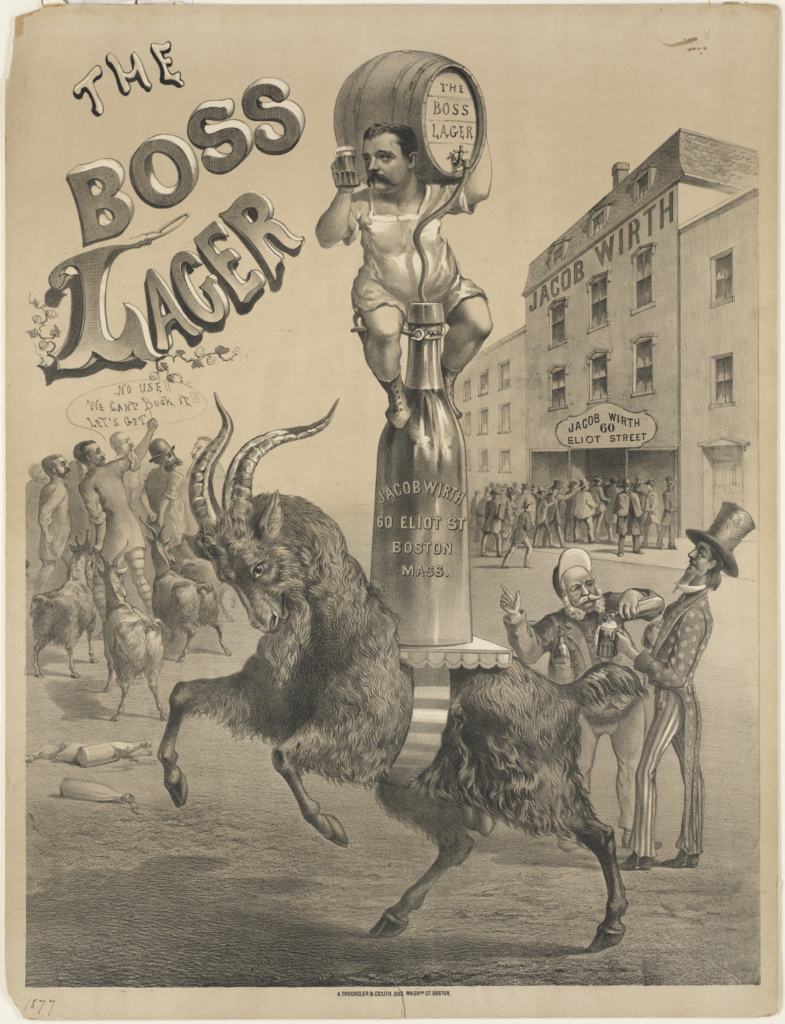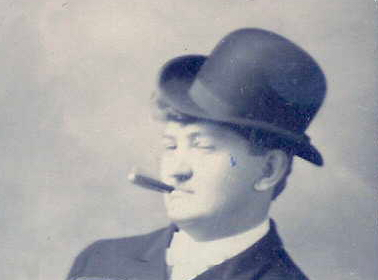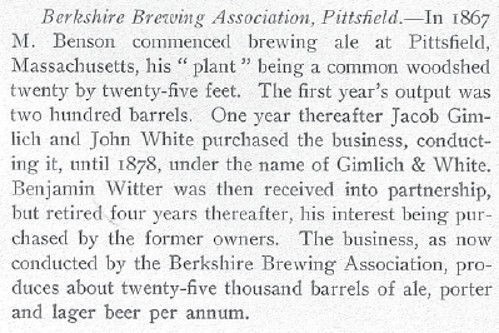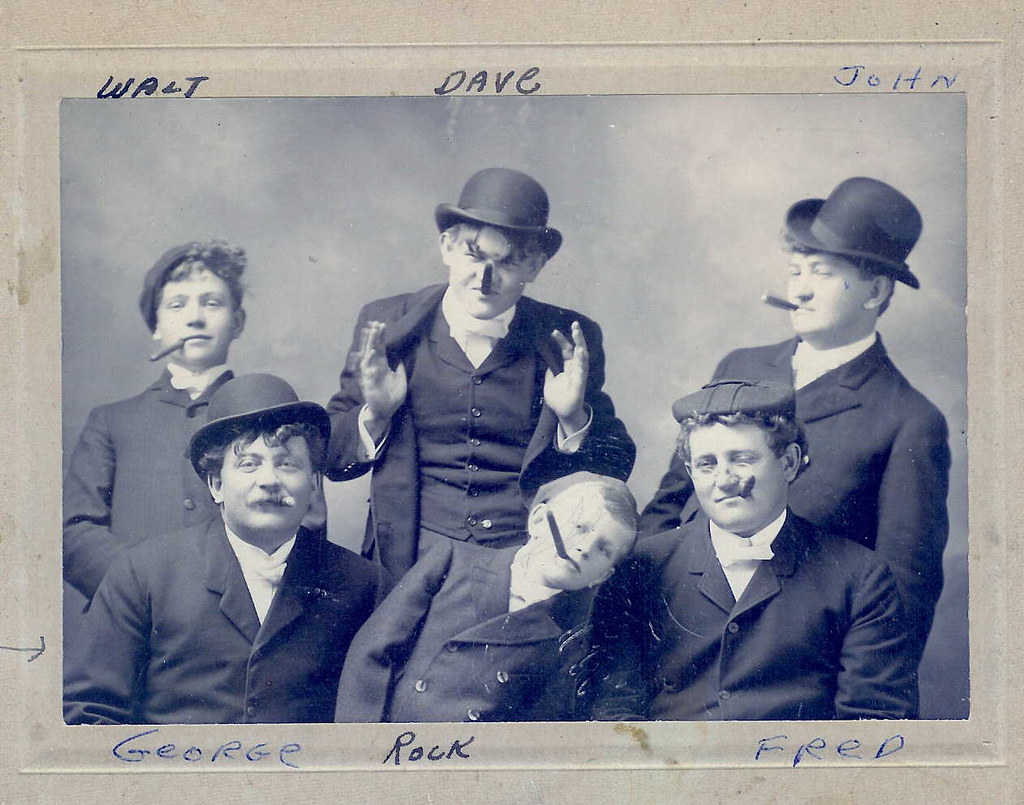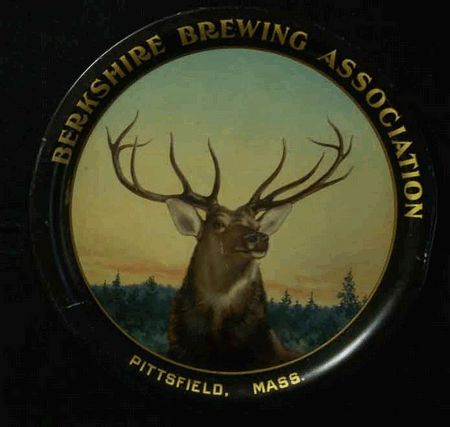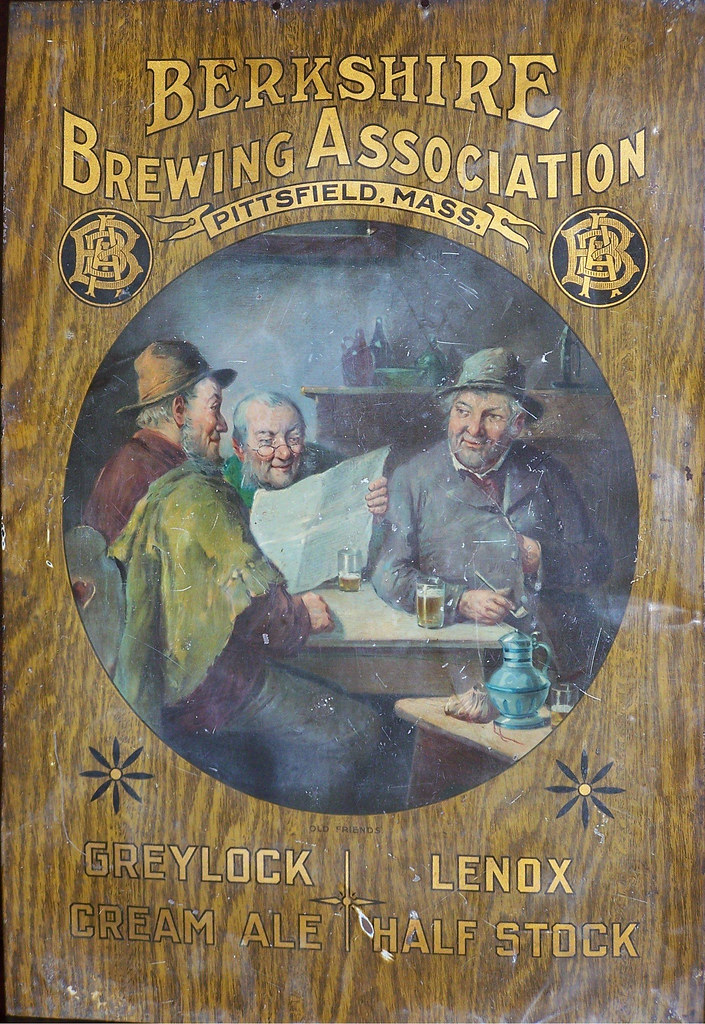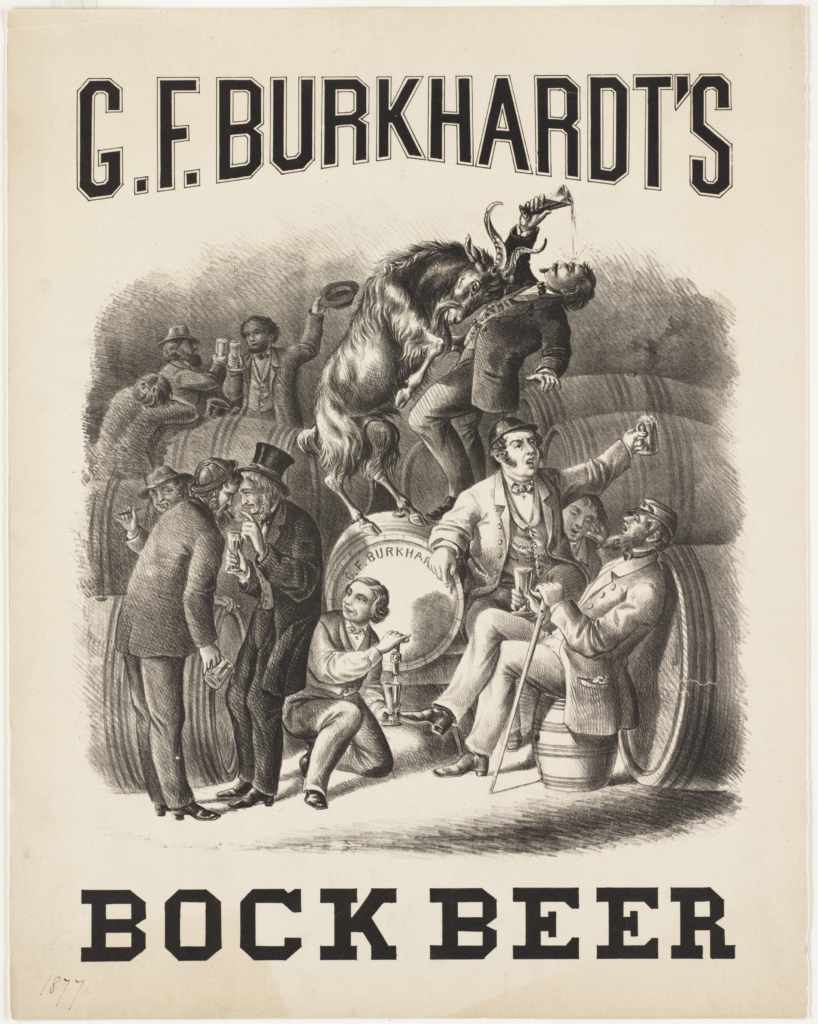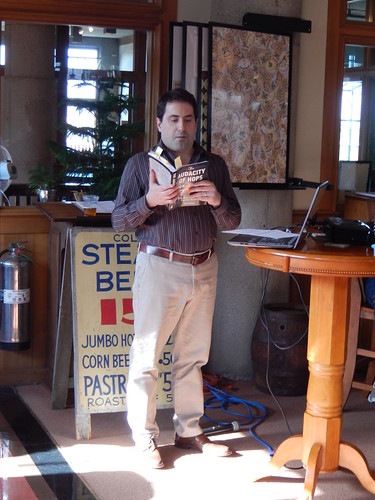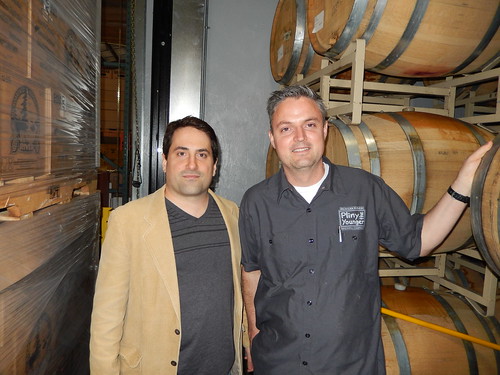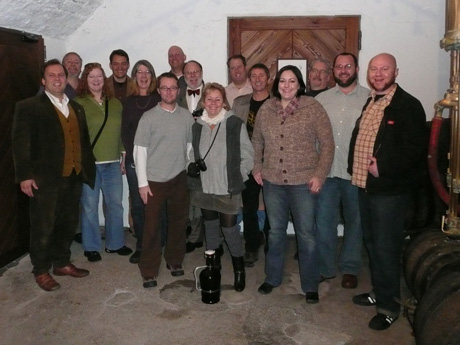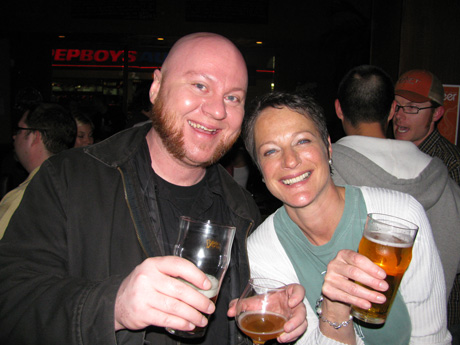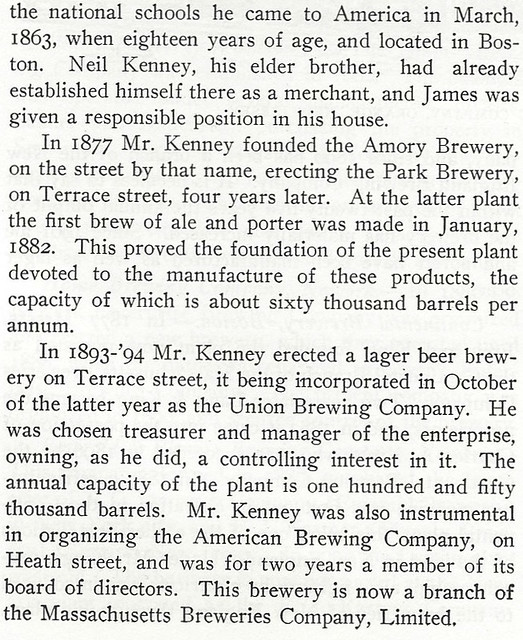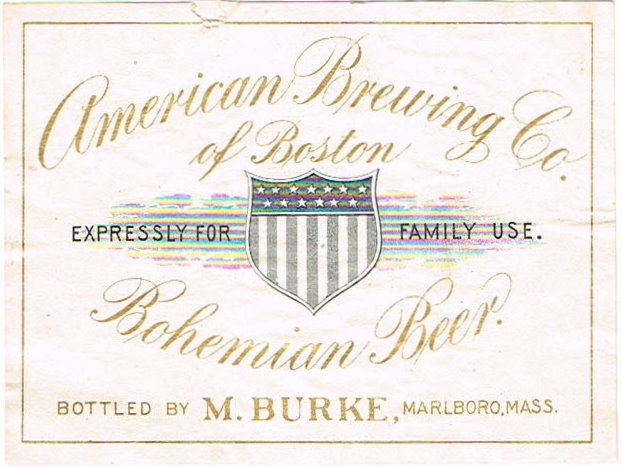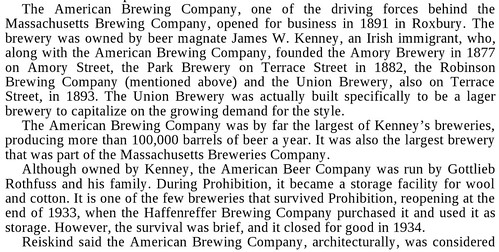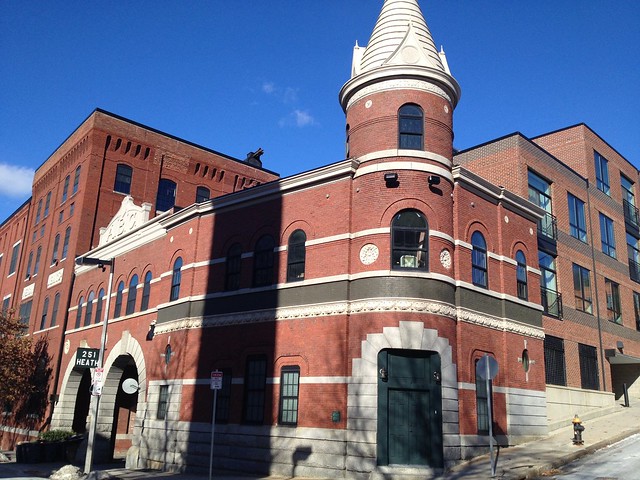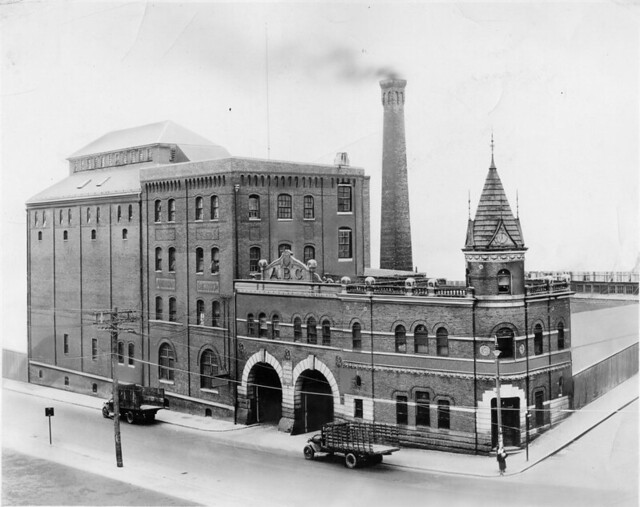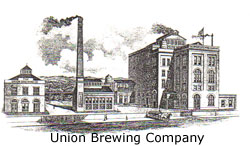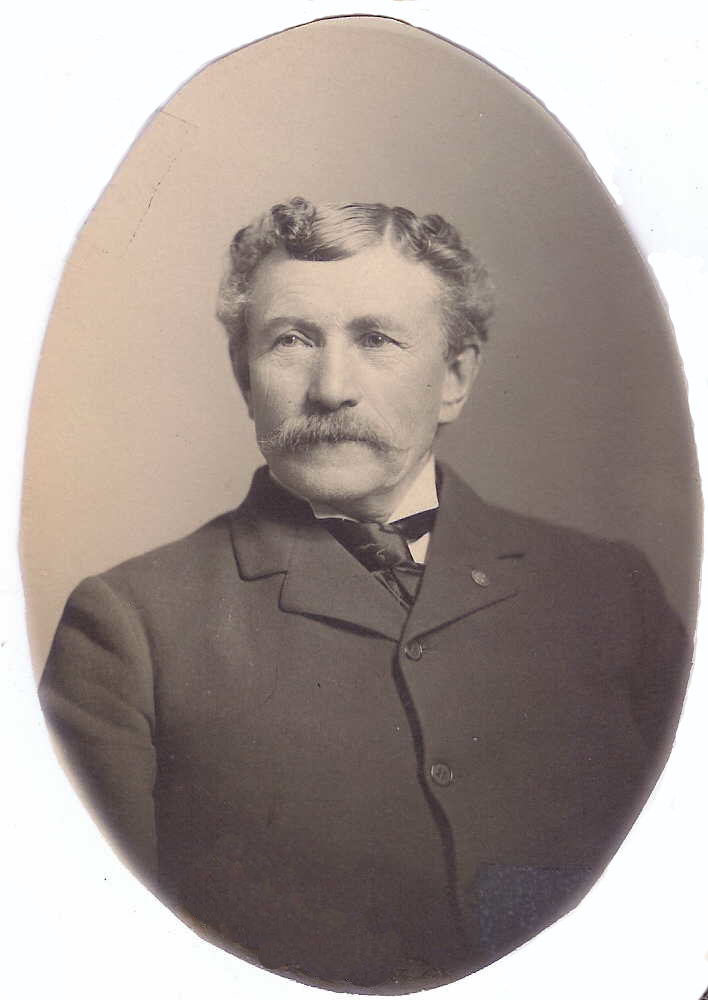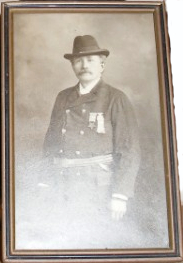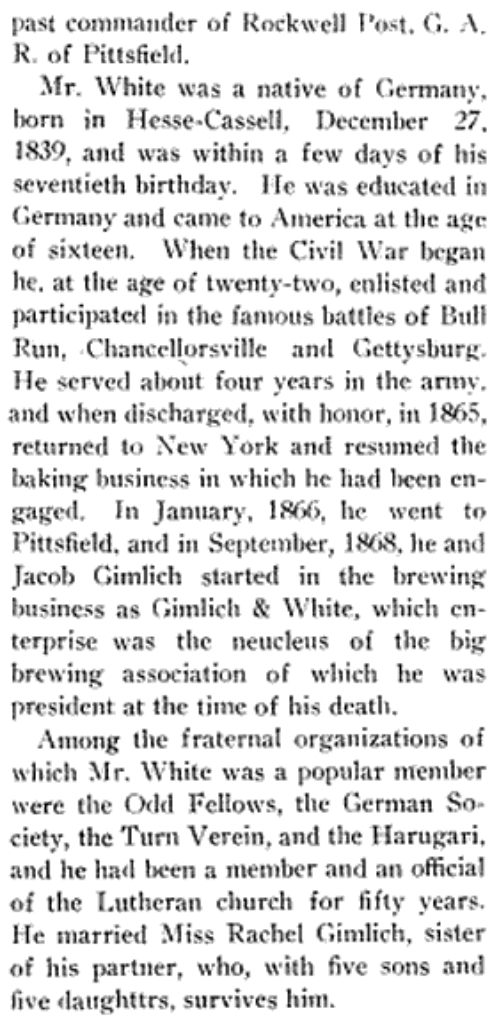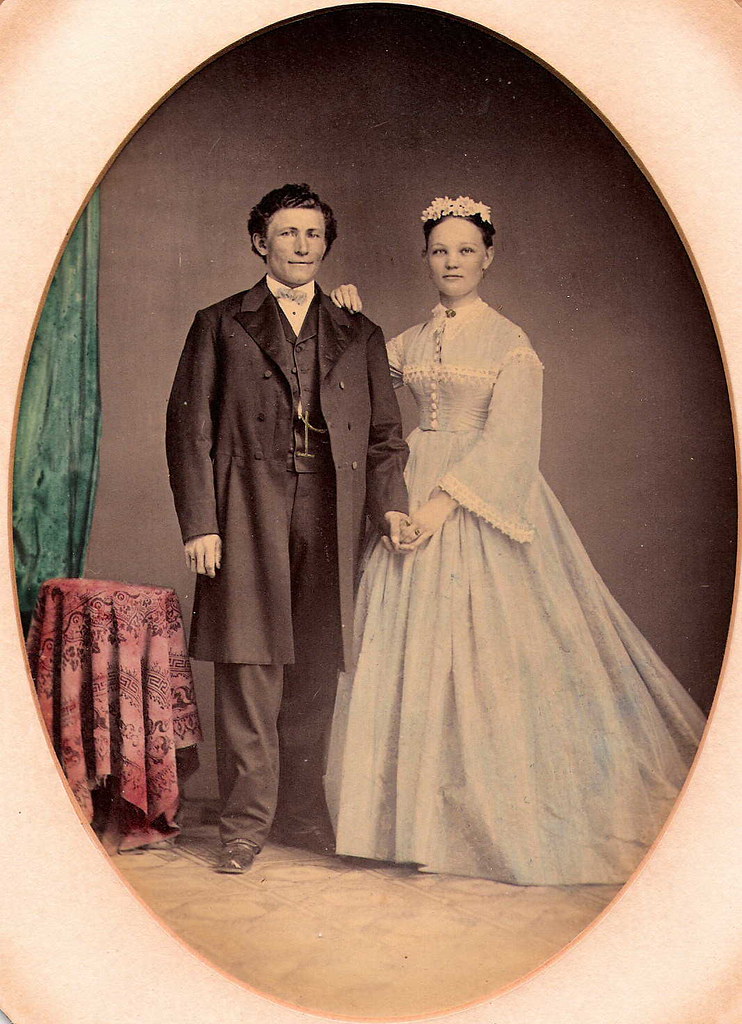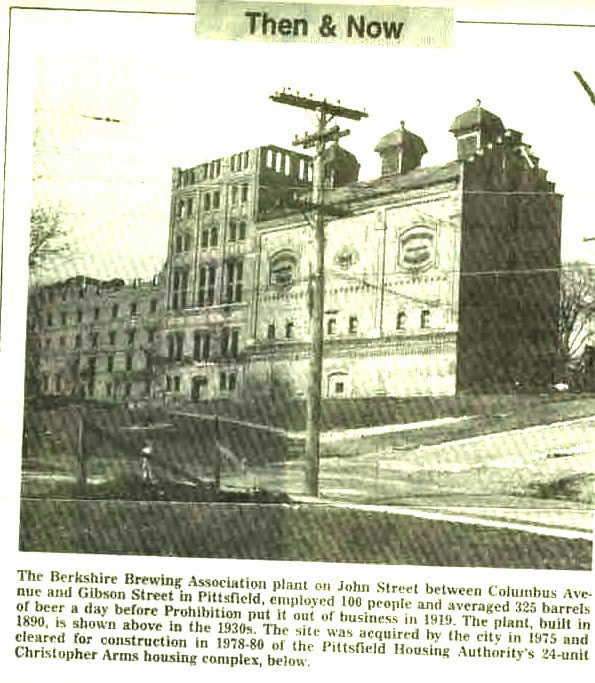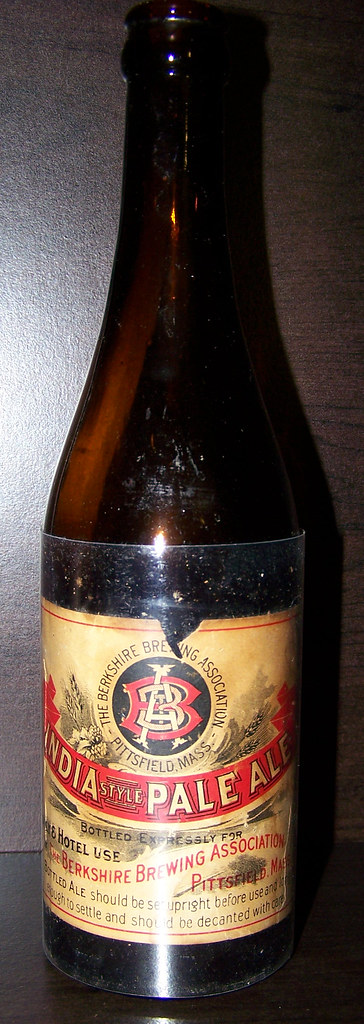
Last year I decided to concentrate on Bock ads. Bock, of course, originated in Germany, in the town of Einbeck. Because many 19th century American breweries were founded by German immigrants, they offered a bock at certain times of the year, be it Spring, Easter, Lent, Christmas, or what have you. In a sense they were some of the first seasonal beers. “The style was later adopted in Bavaria by Munich brewers in the 17th century. Due to their Bavarian accent, citizens of Munich pronounced ‘Einbeck’ as ‘ein Bock’ (a billy goat), and thus the beer became known as ‘Bock.’ A goat often appears on bottle labels.” And presumably because they were special releases, many breweries went all out promoting them with beautiful artwork on posters and other advertising.
Wednesday’s ad for “Bock” was created for the Jacob Wirth, a restaurant at 60 Elliot Street in Boston, Massachusetts. While it’s titled “The Boss Lager,” there are several references and mentions of bock. The poster depicts a strongman astride a giant beer bottle, holding a wood cask on his shoulder, all while the bottle is affixed to a large goat. The restaurant is shown on the right, and in the street next to the goat, a man with muttonchops is pouring a beer for Uncle Sam. There’s also a crowd of people on the left, including several more goats, and at least one of them is shouting: “No use!! We can’t Bock it!!! Let’s get!” The lithograph was created in 1877, and was published by A. Trochsler & Co. Lithographers, who were located at 292 Washington Street in Boston.
